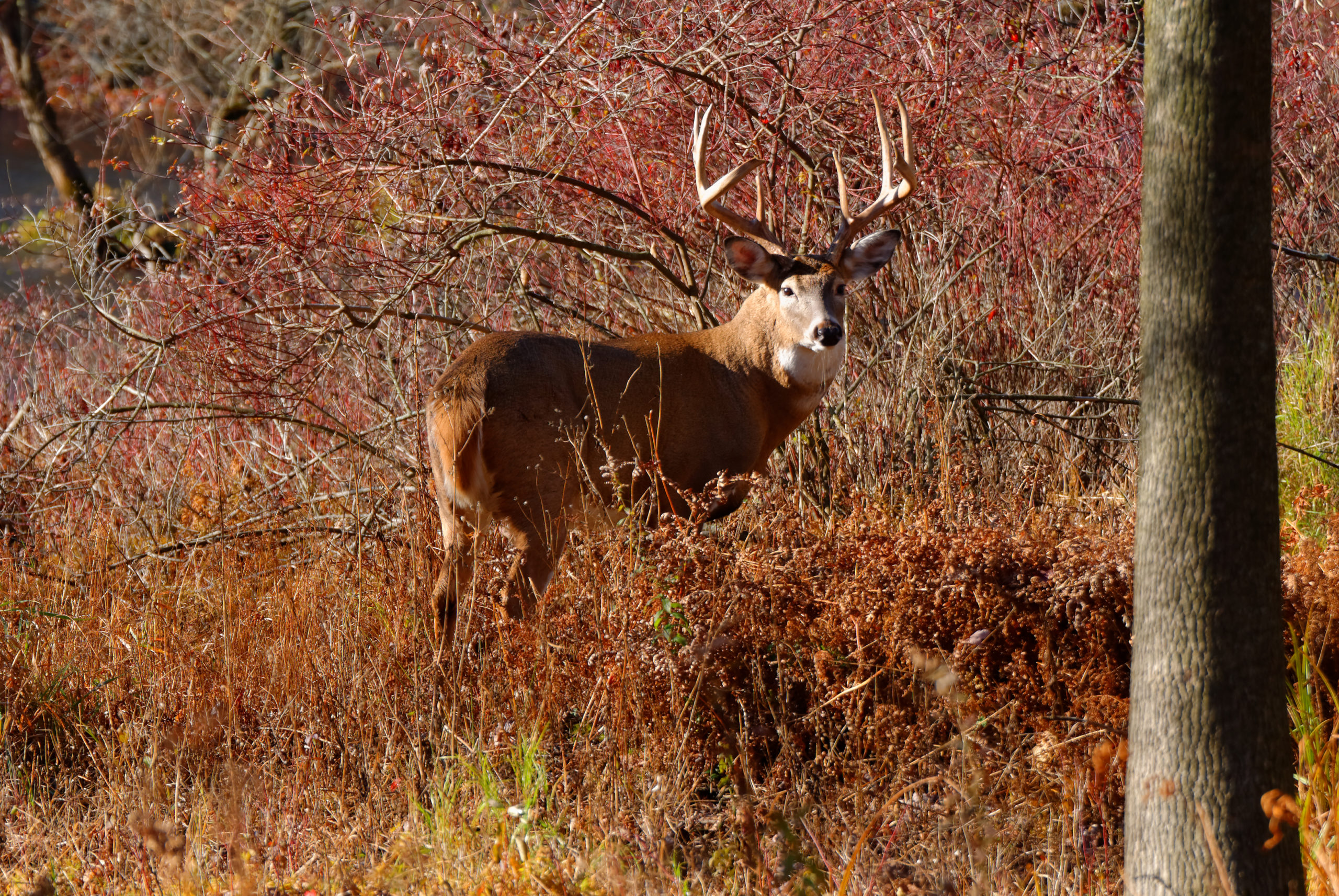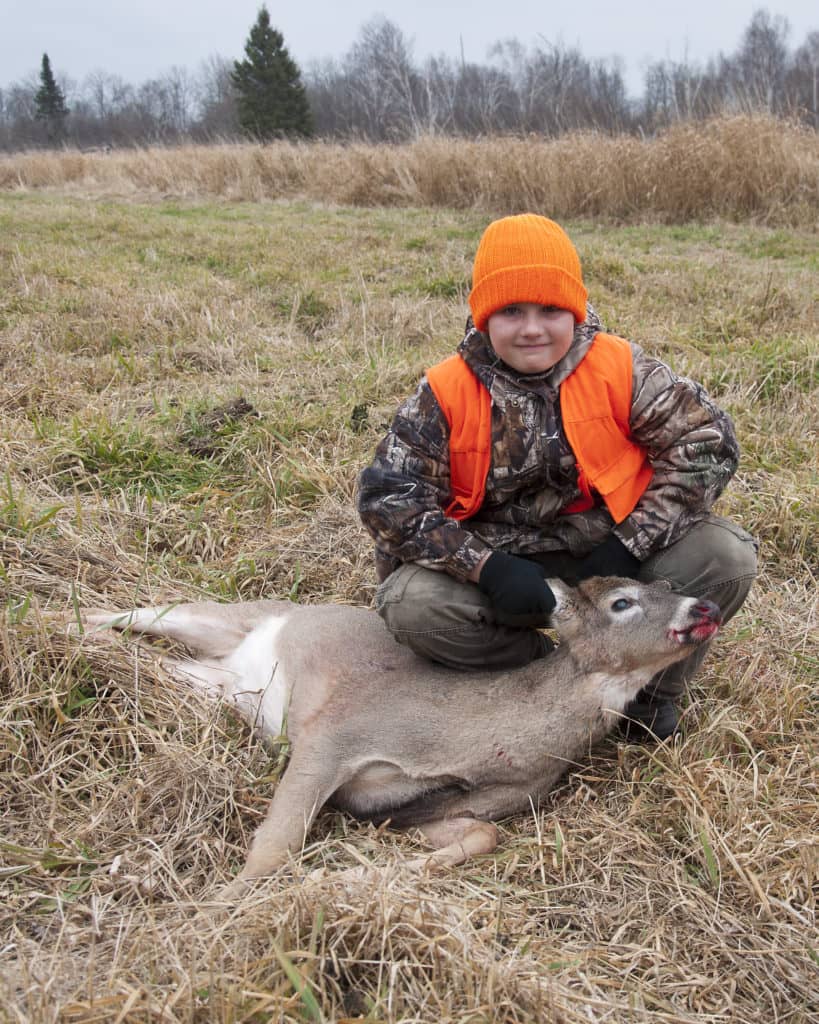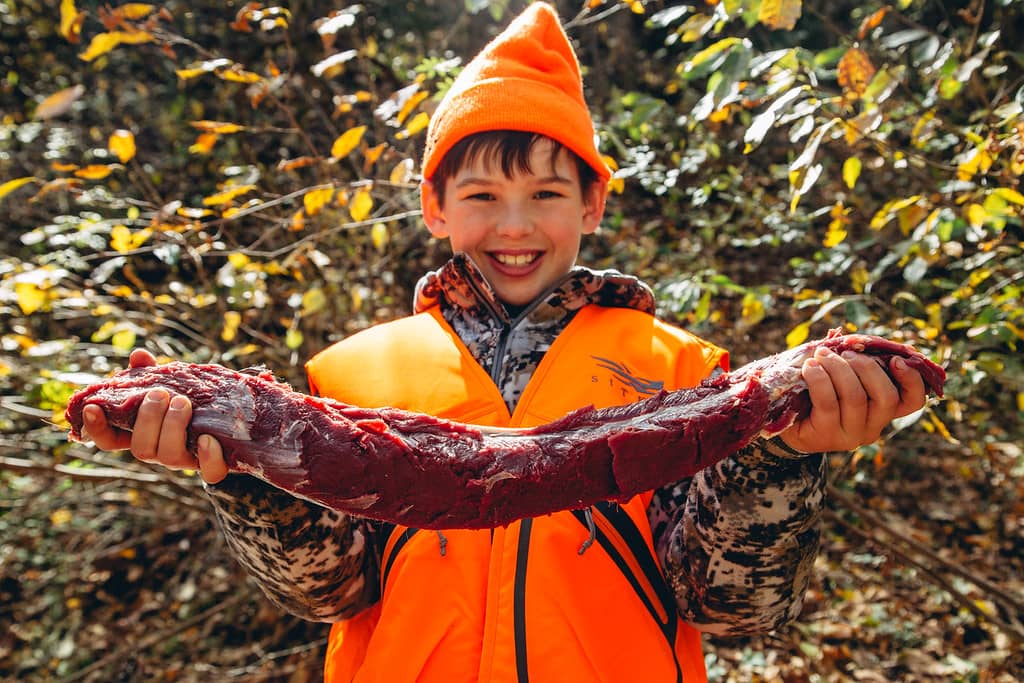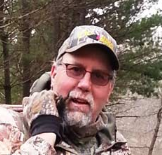Chronic wasting disease has spread rapidly among wild deer and elk populations, particularly in the last ten years. If you don’t have CWD where you hunt, you don’t want it. This disease is 100% fatal, manifests slowly, and can remain in an infected environment for years. To avoid bringing CWD home with us, we’re all going to have to take extra steps in the field to be part of the solution. At the same time, hunters need to advocate for investments in disease response and research, as well as more accountability for the captive deer industry, to ensure the future of our deer hunting opportunities. Learn more below.

Chronic wasting disease was first detected in a captive deer facility in Colorado in 1967 and, since that time, has spread to almost every place that these facilities operate. It was first found in free-ranging elk in the 1980s and has now been identified in captive and wild cervids across 31 U.S. states—13 states have joined that list in the last ten years alone. This alarming spread calls for hunters to educate themselves, follow new regulations, and take action to ensure the very future of deer hunting in America. But the captive deer industry needs to be held accountable for its role in spreading CWD, as well.
Chronic wasting disease is a 100-percent fatal neurodegenerative wildlife disease that affects members of the deer family. While more and more hunters are finding CWD in their backyards, it remains a source of confusion for many. Much of this confusion pertains to the small particles that cause CWD, which are known as prions (pronounced PREE-ons.) Although we commonly associate transmissible diseases with viruses and bacteria, prions are neither. They are malformed proteins that accumulate in the brain and spread through the body of an animal, causing nervous tissue to become porous and damaged. Infected animals can then spread the disease through their urine, feces, and saliva and via close bodily contact. Other prion diseases include “Mad Cow” disease in cattle, scrapie in sheep and goats, and Creutzfeldt-Jakob disease in humans.

In a 2022 poll of 800 random voters from across the U.S., an overwhelming 94 percent said that the presence of wildlife was important to their quality of life, and 92 percent believe wildlife is important to their state’s economy. It’s no surprise, then, that hunters and non-hunters strongly support action on CWD:
Since 2018, the TRCP has led a coalition of hunting groups to advance federal policies and funding to address the spread of chronic wasting disease. While advocating for federal funding for research, surveillance, and testing, we are also working with state and federal agencies to guide CWD management policies and helping to educate the hunting community on what is at stake.
Here are just some of the ways we are tackling these goals.
The TRCP and its partners helped to develop and pass the Chronic Wasting Disease Research and Management Act, which authorizes an annual $70-million investment through fiscal year 2028 to split between CWD management and research priorities. In October 2021, Representatives Ron Kind (D-Wis.) and Glenn “GT” Thompson (R-Pa.) introduced the legislation, the result of several months of negotiation and debate between wildlife groups and captive deer industry stakeholders. It sailed through committee and the House passed the bill in a floor vote just seven weeks later. The Senate version of the bill was introduced by Senators John Hoeven (R-N.D.) and Martin Heinrich (D-N.M.) in April 2022. The bill was ultimately approved in the fiscal year 2023 omnibus funding package that passed out of the 117th Congress in its final days. The deer hunting community, including thousands of TRCP supporters, was essential to this success.
Learn MoreThe TRCP’s coalition has been working since 2019 to restart and grow federal funding for CWD suppression. Already, we successfully secured $7 million for state wildlife agencies to spend on CWD management in Fiscal Year 2021 (up from $5 million) and $10 million for the period between March and October 2022. The Chronic Wasting Disease Research and Management Act, passed in late 2022, authorizes additional funding, but this is just a first step. We will still need to stay on top of appropriators to fully fund the bill in that annual process.
Here are three ways states use federal funding to control CWD.
After chronic wasting disease outbreaks at multiple captive deer operations put wild deer at risk for infection, the TRCP and our partners began calling on U.S. Department of Agriculture Secretary Tom Vilsack to implement a moratorium on the interstate movement of all live deer. This would protect wild deer in states where the disease has not yet been detected. We are also urging the CWD interagency task force at the Departments of Agriculture and the Interior to develop an immediate federal response to contain CWD. This should include expedited research into the transmission pathways of CWD, recommended strategies for reducing the spread of CWD, direct assistance for state management, and a third-party, independent review of the USDA Herd Certification Program—read more on this step below.
An agency at the USDA, the Animal and Plant Health Inspection Service, is tasked with the job of ensuring that potentially CWD-infected live deer aren’t being moved across the landscape—it is a job they aren’t doing particularly well. APHIS uses what they call the Herd Certification Program, an utterly toothless and strictly voluntary method for keeping captive deer herds “low-risk.” Only a fraction of deer farmers even participate in the program and each year so-called “low-risk herds” still manage to transport CWD-positive deer across state lines. It’s time that Congress and the USDA take a hard look at the persistent failures of the Herd Certification Program and identify specific ways to strengthen it.

On a very basic level, hunters should follow any rules on the use of feeders, bait piles, or mineral lures in your state and hunting zone. Check regulations pertaining to the movement of whole deer carcasses for that area AND where you live, if they are not the same place. Finally, get your deer tested—head to a local check station to have a wildlife professional take a sample from the lymph nodes of your harvested deer.
Want to do more? Here are additional resources.
Bone out your harvest to avoid moving sensitive parts of the deer that could carry CWD, including the brain, spinal cord, and spleen.
How can you prevent the spread of CWD and get the most out of your harvest? We asked a scientist.
Check with your state wildlife agency about where to dispose of the parts of your deer carcass that could contain CWD—some states work with groups and individuals to set aside dumpsters or kiosks where hunters can easily deposit deer bones and tissues to prevent disease transmission.

You may know Duren as a MeatEater podcast regular and good friend of Steven Rinella, but he’s also a lifelong conservationist who led the effort to provide six dumpsters for the proper disposal of deer bones and carcasses in southwest Wisconsin.
Learn MoreThe captive cervid industry is well-connected politically, promotes their inflated importance to the economy, and uses online forums to sow seeds of mistrust among hunters. This is how a small industry at $17 million a year in Minnesota, for example, can overwhelm something as economically important as statewide deer hunting, worth $500 million a year.
Don’t buy into the industry’s propaganda. Download our guide busting seven common myths you’ll find online about CWD.
Theodore Roosevelt’s experiences hunting and fishing certainly fueled his passion for conservation, but it seems that a passion for coffee may have powered his mornings. In fact, Roosevelt’s son once said that his father’s coffee cup was “more in the nature of a bathtub.” TRCP has partnered with Afuera Coffee Co. to bring together his two loves: a strong morning brew and a dedication to conservation. With your purchase, you’ll not only enjoy waking up to the rich aroma of this bolder roast—you’ll be supporting the important work of preserving hunting and fishing opportunities for all.
Learn More

